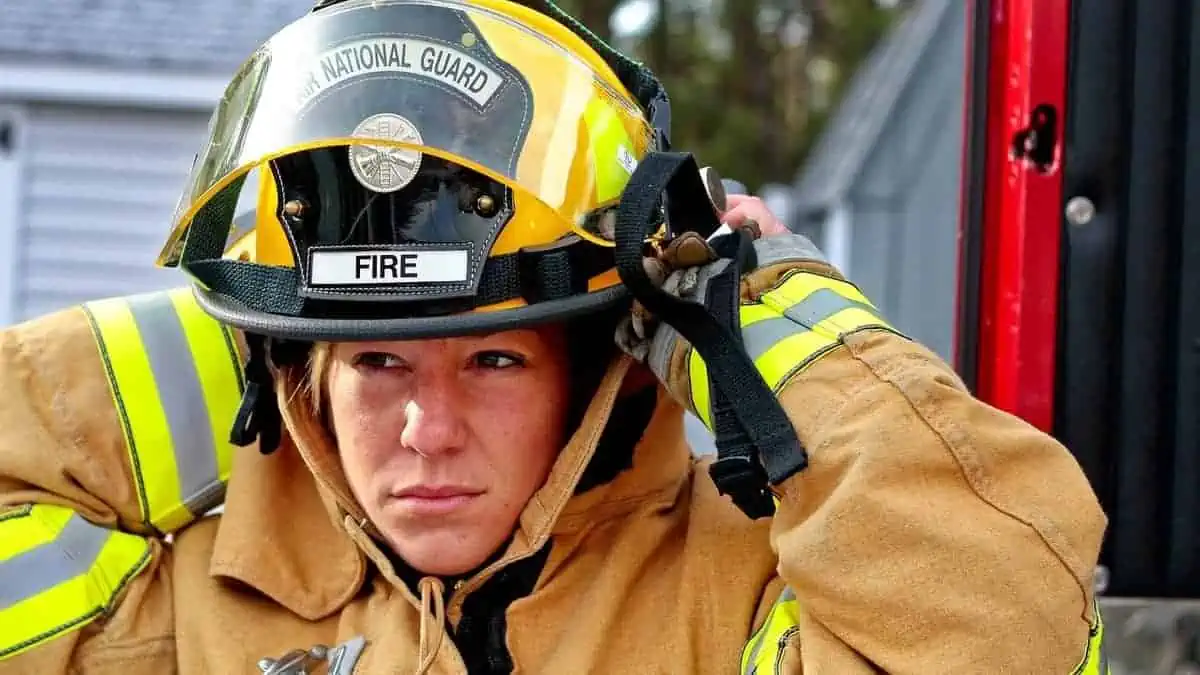Firefighters and first responders from around North Texas will gather in Garland for training on dealing with electric vehicles in emergencies this week, as per NBC DFW.
More than 50 first responder organizations will receive hands-on training from General Motors (GM).
Firefighters EV first responder training
As the vehicles expand in popularity, firefighters said the need for this special training also grows.
“Anytime we have a vehicle accident, usually when we take our jaws [of life] and extricate the car from around the victim, now we actually have to worry about where we cut the car so that we don’t injure our first responders or the victims that are in the car,” said Garland Fire Department representative James Dugger.
While they have had training sessions in the past, Dugger stated this would be their first intensive training in real-life emergency simulation.
“You can set in a classroom and look at slides and PowerPoints all day, but to actually get out there and physically see it, actually have to dig around through the car to get to the points that you need to get to either disengage the battery or to get things out of the way to do vehicle extraction and cut the car up, it’s just much better to out the muscle memory with the action that you’re doing,” Dugger said.
40 Firefighters teach emergency extrication procedures
Similarly, Dallas hosted 40 firefighters from Flower Mound, Celina, Double Oak, Wichita Falls, DFW Airport, and the North Texas Regional Airport to teach the latest emergency extrication procedures for newer electric and hybrid vehicles.
“This was the first time we have hosted an event like this for first responders and it was a huge success,” said Park Place Bodywerks Director Eric McKenzie.
“Firefighters must have an access to training that can help crash victims and also keep them safe when working an accident.”
Technological advancements have transformed today’s vehicles to be safer for passengers. However, as per Focus Daily News, first responders often face challenges in preventing further injuries to victims or themselves due to new technology complexities.
Efficiently knowing where and how to cut and extricate can make a difference in saving the lives of accident victims.






